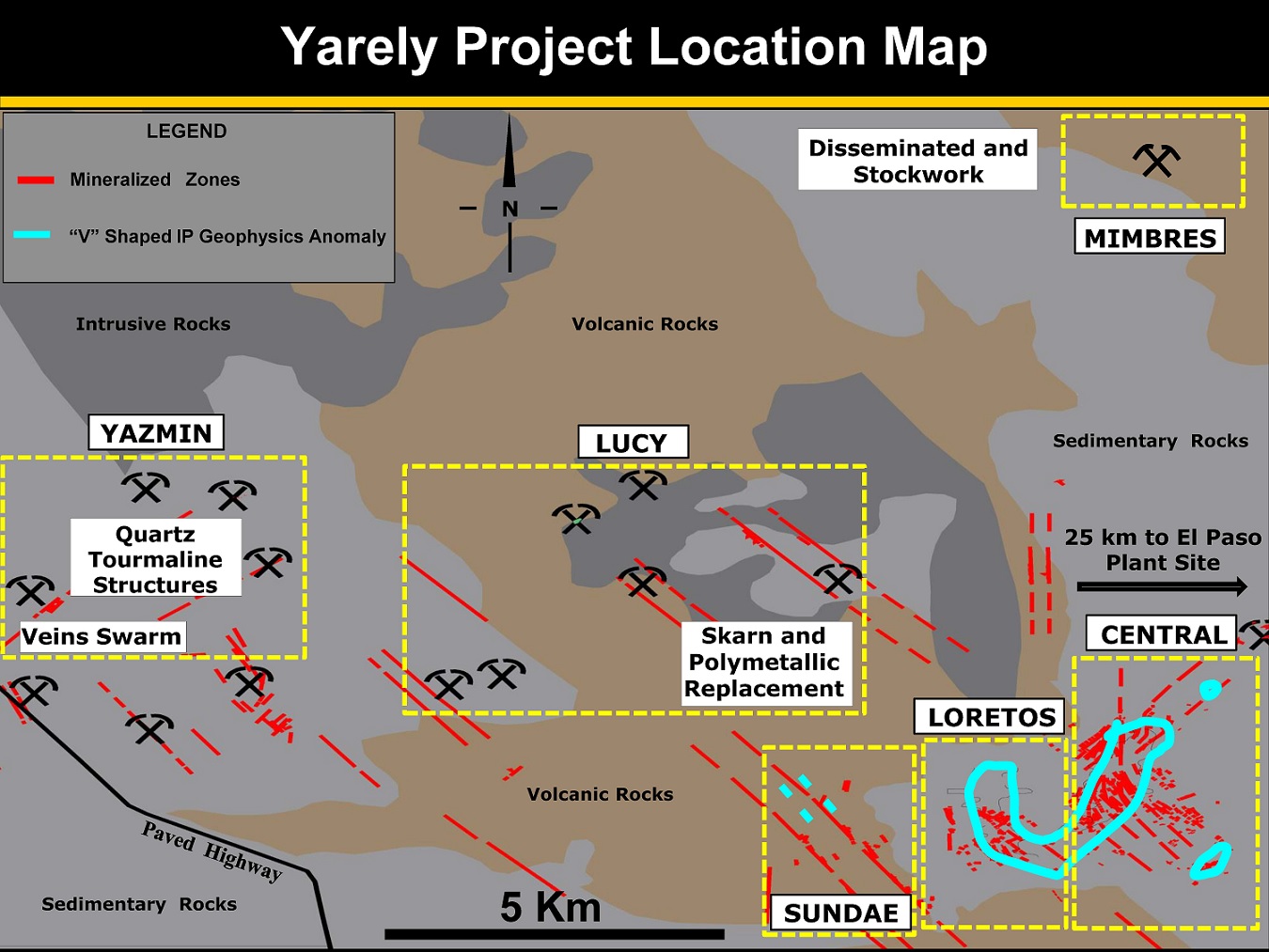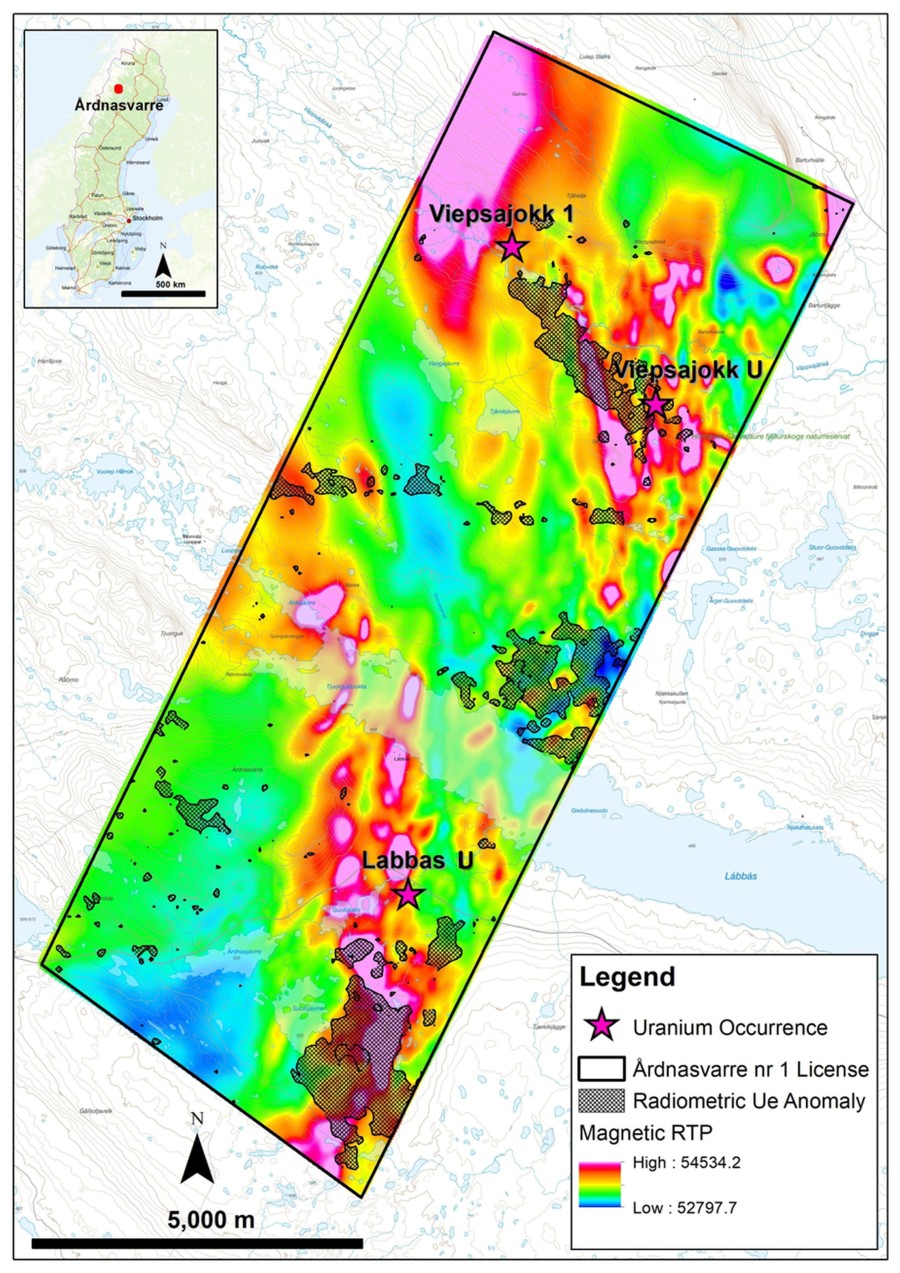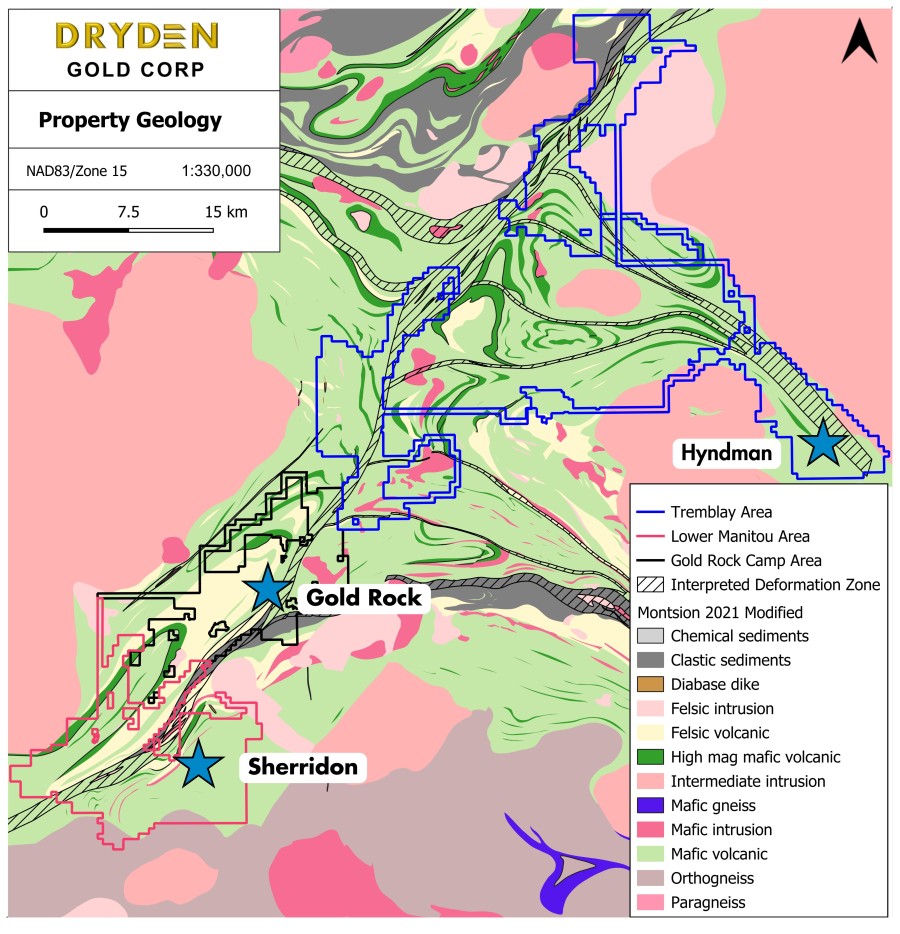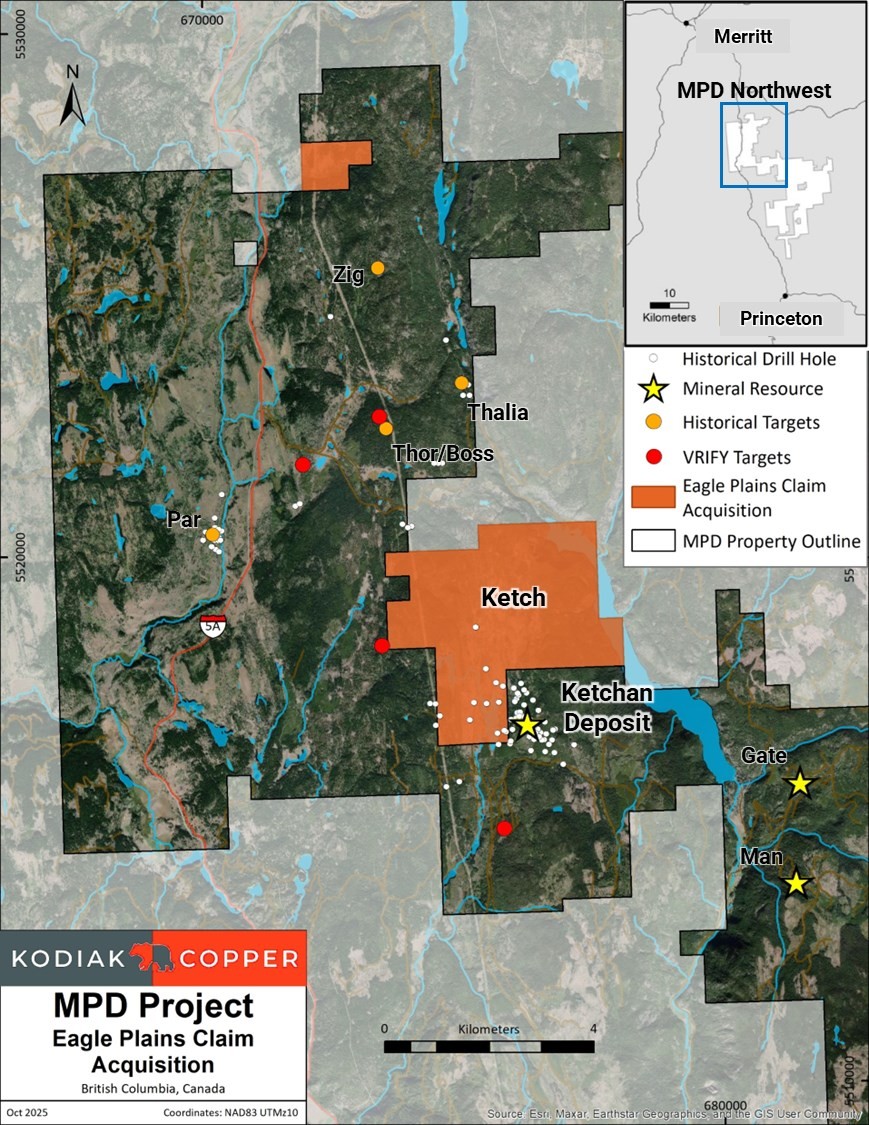VANCOUVER, British Columbia, Sept. 07, 2017 (GLOBE NEWSWIRE) -- Chesapeake Gold Corp. (TSX-V:CKG) (“Chesapeake”) is pleased to provide an exploration update for its regional Yarely project (“Yarely”) near the proposed El Paso (Metates) plant site in Sinaloa State, Mexico. Chesapeake owns a 100% interest in Metates which hosts one of the largest undeveloped gold, silver and zinc reserves in the world. During the past year, Chesapeake has assembled a land position of 68,000 contiguous hectares at Yarely. The district is strategically located 10 kilometres from a paved highway and within 25 kilometres of the El Paso plant site.
Yarely is situated in a prolifically mineralized belt that parallels the Pacific Coast and lies along the western margin of the Sierra Madre Occidental within Sinaloa state. The Yarely district is very prospective for precious and base metal mineralization hosted within several different deposit types including skarns, epithermal veins, disseminated stockwork zones and breccias. A systematic program of geological mapping, rock chip channel sampling and trenching supplemented by IP geophysics has defined six significant prospects.
Exploration Highlights
- 186 kilometres of Induced Polarization (IP)-Resistivity geophysical surveys defined a “V” shaped IP anomaly measuring 6 kilometres in length, up to 600 metres wide and over 300 metres in depth
- The “V” shaped IP anomaly is coincident with two mineralized structural corridors and concordant with the intersection of two regional deep seated faults
- 16 kilometres of mechanized trenching and 2,500 rock samples collected and assayed for multiple elements
- District-scale exploration continues to discover precious metal and polymetallic mineralized systems over an expanded area of 500 square kilometres.
Fall Drilling
Within 3-4 weeks a Phase 1 diamond drill program will commence on the Central and Loretos prospects. The 5,000 metre drill program will test the “V” shaped IP anomaly at depth. Drilling will target the potential for large disseminated stockwork and hydrothermal breccia bodies developed along the two major structural corridors mineralized on surface.
Figure 1. Yarely Project Location Map
Central Prospect
The Central prospect occupies a northwest to northeast trending corridor 4 kilometres long and 1 kilometre wide with three different mineralized areas. To the north, swarms of northeast trending, quartz-carbonate fracture filling veins hosted within Tertiary sandstone were exploited during the Spanish Colonial period. High grade oxide ore veins were mined up to a depth of 20 metres where they transition to sulfide mineralization. Eight poorly exposed sets of veins up to 11 metres in width with a combined strike length of 6 kilometres have been mapped and sampled. Surface and underground channel samples returned values of 2 metres of 19.5 g/t gold and 505 g/t silver, 2 metres of 14.0 g/t gold and 185 g/t silver, 3 metres of 1.1 g/t gold and 805 g/t silver, 8 metres of 1.6 g/t gold and 33 g/t silver, and 11 metres of 1.1 g/t gold and 42 g/t silver, The vein field remains open both laterally and along strike.
To the south, four subparallel northwest trending quartz stockwork structures up to 1 kilometre are hosted within chlorite, clay and sericite altered sandstone. Channel samples from trenches include 14 metres of 1.5 g/t gold and 143 g/t silver, 65 metres of 0.5 g/t gold and 12 g/t silver, and 33 metres of 81 g/t silver.
Between the fracture filling veins in the north and the quartz stockworks to the south is a multi-stage hydrothermal breccia measuring 400 by 300 metres. This breccia is emplaced at the side of a regional northeast trending regional fault. Of significance is a trench sample which returned 374 metres of 0.12% zinc and anomalous molybdenum. Mineralization is coincident with the east side of “V” shaped IP anomaly that extends from a depth of 80 to more than 500 metres below surface.
Loretos Prospect
Loretos is contiguous to the west of the Central prospect and is coincident with the north-northwest trending “V” shaped IP anomaly. The west side of the “V” anomaly is over 3 kilometres long and 1 kilometre wide. Mineralization at Loretos is hosted within sandstone, conglomerate and minor limestone and consists of numerous quartz-carbonate veins, fine quartz stockwork and oxidized disseminated sulfides. Trench channel samples include:
- 2 metres of 3.0 g/t gold, 100 g/t silver, 0.9% lead and 0.8% zinc
- 2 metres of 1.5 g/t gold, 82 g/t silver and 1.0% lead
- 4 metres of 83 g/t silver and 1.2% copper
- 10 metres of 73 g/t silver and 1.4% lead
The surface mineralization and IP anomaly suggests the potential for disseminated sulfide bearing stockworks and breccia targets at depth.
Yazmin Prospect
Yazmin is 15 kilometres further west of the Central prospect. Yasmin comprises a northeast trending zone 6 kilometres long and 2 kilometres wide which remains open along strike. The zone hosts swarms of quartz breccia veins within clay-sericite and silica-tourmaline-epidote altered metasandstone and granodiorite. Channel samples from the tourmaline related mineralization include:
- 3 metres of 1.6 g/t gold, 77 g/t silver and 1.3% copper
- 6 metres of 1.1 g/t gold, 33 g/t silver and 0.5% copper
Another zone at Yasmin located 3.5 kilometres to the southwest hosts mostly quartz breccia veins. Trench samples returned:
- 3 metres of 4.1 g/t gold
- 8 metres of 1.1 g/t gold and 6 g/t silver
- 17 metres of 0.8 g/t gold and 10 g/t silver
Sundae Prospect
Sundae lies a few kilometres to the southwest of the Central prospect. Sundae hosts a swarm of quartz veins ranging from of 1 to 15 metres wide which have been traced along strike for over 3 kilometres. The quartz veins display classic high level epithermal textures which suggest the structures may have precious metal mineralization at depth. Channel samples averaging 3 metres wide returned anomalous values up to 0.1 g/t gold and 8 g/t silver. Preliminary geophysics shows a continuity of the structures to over 500 metres depth in the resistivity sections and a chargeability anomaly possibly related to sulfides.
Lucy Prospect
Lucy is located 10 kilometres to the northwest of the Central prospect. Lucy consists of an extensive zone of outcropping skarn developed along several kilometres of the contact between intrusive rocks and limestone. Preliminary channel samples across the manto-like skarn mineralization returned:
- 4 metres of 0.9 g/t gold and 103 g/t silver
- 6 metres of 2.0 g/t gold, 34 g/t silver and 1.1% copper
- 7 metres of 117 g/t silver, 1.1% copper and 1.4% zinc
Five kilometres to the southwest, sampling of base and precious metals bearing stratiform bodies of polymetallic carbonate replacement and minor skarn within limestone returned 15 metres of 12 g/t silver and 0.67% copper and 30 metres of 0.4 g/t gold, 12 g/t silver, and 3.7% zinc
Los Mimbres Prospect
Los Mimbres is an early stage prospect situated 20 kilometres north of the Central prospect. Los Mimbres covers an extensive alteration area of 8 square kilometres within sandstone and shale. The system varies from fracture filling veins in the upper zones to disseminated sulfides and quartz stockwork 200 metres lower in elevation. Reconnaissance channel samples taken within the disseminated-stockwork zones returned 7 metres of 0.4 g/t gold and 44 g/t silver and 31 metres of 0.3 g/t gold and 14 g/t silver from a quartz breccia. The clastic sedimentary host rocks, age, geochemistry and the style of mineralization are all similar to Metates.
Fall exploration will also focus on prioritizing drill targets in the other prospects. Trenching, geological mapping, channel sampling and IP geophysics are being undertaken at Yazmin, Lucy, Sundae and Mimbres. One field crew will continue generative studies to identify other prospects in the large Yarely camp.
“The grassroots exploration program at Yarely this year continues to expand the scalability of the camp” states, Randy Reifel, President. “Several significant prospects are being advanced and will be systematically drill tested. A greenfield discovery in this district would greatly impact and provide leverage for Metates future development”.
Presently, Chesapeake is well funded with $20 million in working capital.
ALS Global was the analytical laboratory used for the samples included in this release. Sample preparation was primarily performed in Hermosillo, Mexico with analyses done in Vancouver, Canada.
Alberto Galicia, P. Geo, Vice President Exploration for Chesapeake and a Qualified Person as defined by NI43-101, has reviewed the technical information in this release.





